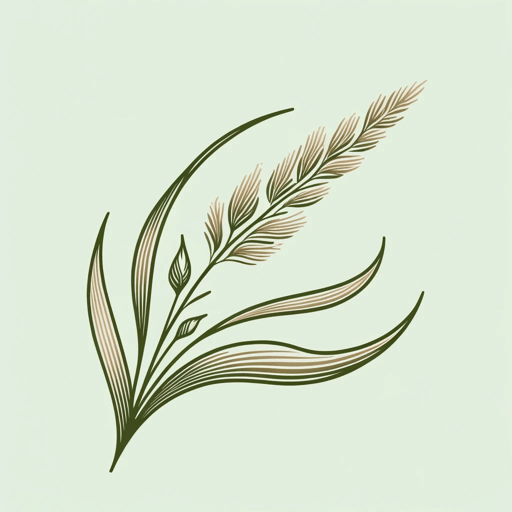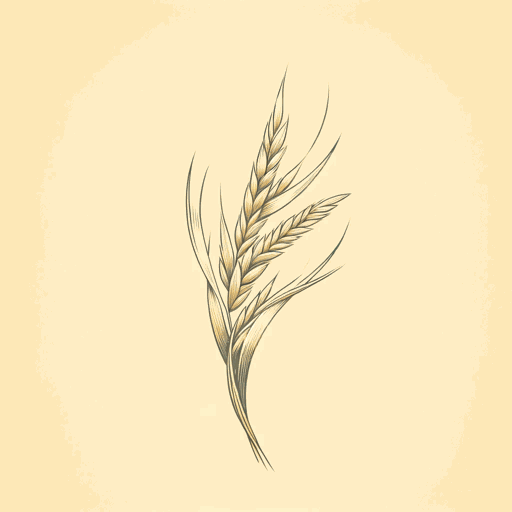48 pages • 1 hour read
Robin Wall KimmererBraiding Sweetgrass for Young Adults: Indigenous Wisdom, Scientific Knowledge, and the Teachings of Plants
Nonfiction | Book | YA | Published in 2022A modern alternative to SparkNotes and CliffsNotes, SuperSummary offers high-quality Study Guides with detailed chapter summaries and analysis of major themes, characters, and more.
Summary and Study Guide
Overview
Braiding Sweetgrass for Young Adults is a special edition of the 2013 best-selling book by Potawatomi botanist and author Robin Wall Kimmerer. Adapted for young adults by Monique Gray Smith, a Canadian children’s author of Cree and Lakota descent, this book merges Indigenous wisdom, scientific knowledge, and personal memoir to explore the relationship between humans and other species on Earth. Major themes in the book include The Interconnectedness of Life on Earth, The Importance of Storytelling in Indigenous Communities, and The Injustice of the American Government’s Treatment of Indigenous Americans. The original Braiding Sweetgrass won the 2014 Sigurd F. Olson Nature Writing Award and was named “Best Essay Collection of the Decade” by Literary Hub. In 2022, Kimmerer won a MacArthur “Genius Grant” Fellowship.
This review is based on the 2022 Lerner Publishing eBook edition.
Summary
The opening section, “Meeting Sweetgrass,” introduces the book’s theoretical frameworks. Kimmerer invites readers to remember that they are in relationship with all living beings and the Earth. She proposes a new pronoun, ki (plural kin) to describe living beings and inanimate objects imbued with sacred spirit. In the Haudenosaunee and Anishinaabe origin story, animals rescue a falling Skywoman and offer to help her build a new home. As she dances in gratitude, the Earth, known as Turtle Island, is created. Kimmerer introduces sweetgrass, a sacred plant for the Potawatomi people that is often braided as a gift. She visualizes her book as a braid of Indigenous ways of knowing, scientific knowledge, and plant lore.
“Planting Sweetgrass” details the beginning of Kimmerer’s ecological awakening. Kimmerer identifies the pecan tree as an example of mutual care and community: like other tree species, they communicate in times of crisis and can share carbohydrates and other resources. She proposes a gift economy in which natural resources are treated with reverence as gifts from the Earth as an alternative to the market economy, which encourages competition for resources. She reflects on the simple ceremonies her father practiced, such as offering the first cup of coffee to the gods of whatever wildernesses they visited. Her career as a botanist began with her childhood love of flowers and desire to know their names and stories. In college and graduate school, she learned to prioritize scientific thinking over Indigenous ways of knowing. Later, she returned to the knowledge of her elders.
In “Tending Sweetgrass,” Kimmerer emphasizes the importance of relationships. The production of maple syrup requires intentional engagement with the gifts of the Earth. Anishinaabe legend says this laborious process is a reminder from the Original Man of the necessity of gratitude. Kimmerer’s daughter Larkin recalls her mother’s friendship with their elderly neighbor Hazel, an avid gardener and herbalist who left her own home to care for her disabled son. Larkin and Kimmerer helped Hazel recreate the magic of home, healing their own spirits in the process. Kimmerer describes the Haudenosaunee Thanksgiving Address, a traditional oratory designed to unite an audience in gratitude for the gifts of the Earth. As it names and thanks the individuals that populate Earth’s ecosystems, the Thanksgiving Address fosters a community of gratitude and reciprocity.
“Picking Sweetgrass” features Indigenous methods of harvesting and using natural resources. Kimmerer describes fruits and vegetables as expressions of love from the Earth. The traditional Indigenous trio of vegetables known as the Three Sisters—corn, beans, and squash—offer another example of loving reciprocity on Earth. The traditional process of making black ash baskets requires acknowledgment of the tree’s sacrifice. Weaving the basket reminds Kimmerer of The Interconnectedness of Life on Earth. Kimmerer’s research affirms Indigenous wisdom: sweetgrass that has been harvested is more productive than plants untouched by humans, suggesting a reciprocal relationship. Kimmerer proposes a Bill of Responsibilities for Maple Nation, including using everything taken from the Earth and reciprocating care for other beings. The principle of the Honorable Harvest calls for humans to practice care, accountability, generosity, restraint, respect, and thanksgiving in their interactions with the Earth.
“Braiding Sweetgrass” describes Indigenous ways of living with the Earth. Nanabozho, the Anishinaabe first man, was instructed to walk the Earth so that each step was a greeting. His life is a model of ecological living. On a field trip to Cranberry Lake, Kimmerer teaches students how to survive off-grid using traditional methods while practicing gratitude. Kimmerer describes Indigenous ceremonies to welcome salmon to the Pacific Northwest and suggests that salmon populations have dwindled because humans have made the area unwelcoming. She describes the work of Tom Porter, who hopes to reverse the damage done by the 19th- and 20th-century US government’s Residential Schools for Indigenous Americans by teaching Indigenous people the native traditions and foodways they have been separated from. Kimmerer offers old-growth cedar forests as a model of ecological harmony, and resource-stealing pioneer plants as an example of ecological exploitation.
The book concludes with “Burning Sweetgrass,” a collection of Indigenous myths, prophecies, and dreams. The Windigo is an Anishinaabe monster whose cannibalism reflects the greed present in all people. Kimmerer identifies Windigo thinking in modern capitalist consumption. In the Mayan origin story, humans were made from corn after the creators’ failed attempts to make humans out of mud, wood, and light. The people of the corn were sustained because they respected the Earth. In Potawatomi culture, fire is both a sacred tool and a dangerous force. The Anishinaabe Seventh Fire Prophecy says that the current age is a time to return to old ways. Kimmerer proposes gratitude as an antidote to Windigo thinking. She imagines purging the Windigo of all the badness inside him, then healing him with the gifts of the Earth.
Related Titles
By Robin Wall Kimmerer


